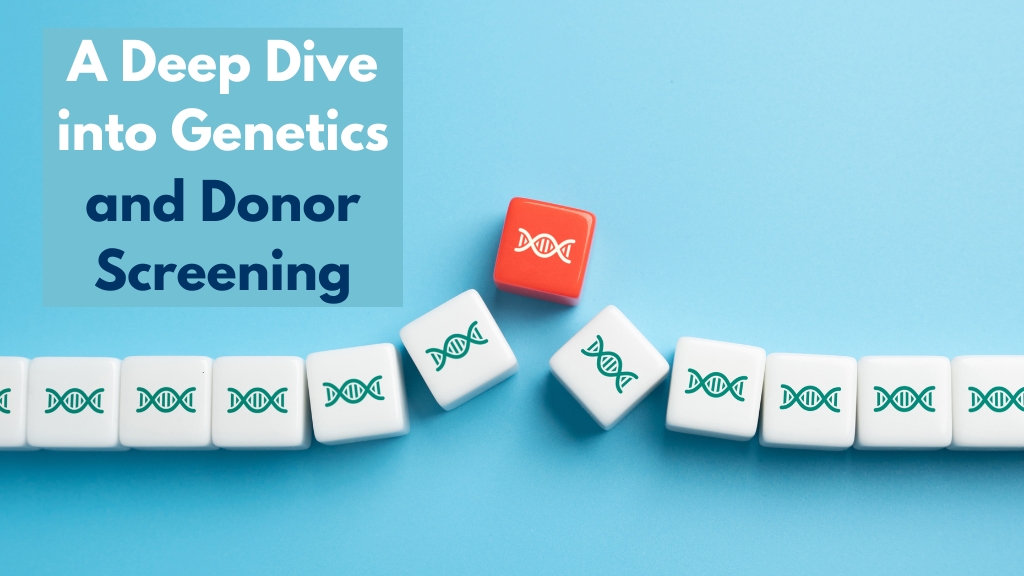A Snapshot in Time

In the previous installments of our Adverse Outcomes Series, we addressed the general population risk of genetic conditions and congenital anomalies, the role of family history, and how the overall risk for such events can be reduced.
We then took a deeper diver to understand the genetics on these conditions and the limitations of genetic testing in detecting and subsequently reducing risk.
In our final piece, we will focus on a slightly less scientific though equally imperative factor in adverse events: time.
Whether you spent months pouring over every minute detail of your donor or fell in love with the first one you reviewed, ultimately, you’ve received a comprehensive assessment of this donor’s life, his health, and the health of his family, in just one moment in time. Yet, life continues on with various factors, both genetic and environmental, acting on the donor and his relatives’ health.
When we send out notifications of a donor who has been diagnosed with cancer, who had an early-onset heart attack, who was diagnosed with a late-onset genetic condition, or who died, it is understandably upsetting to a recipient of his sperm. Common questions may include, “Is this a condition I need to worry about for my children?” and “Why did you not screen for this?”
Penetrance & Expressivity
Three important terms in genetics may help answer these questions: penetrance, expressivity, and multifactorial:
- Penetrance: Sometimes, a person carries a genetic change but never develops symptoms. A donor could have a genetic variant that remains unnoticed simply because he has no symptoms prompting further investigation.
- Expressivity: The same genetic variant can cause different symptoms in different individuals. One person might have very mild symptoms, while a relative with the same mutation has severe symptoms. A donor might carry a gene variant that produces such mild effects that it goes undetected.
- Multifactorial: Is a term that means of, relating to, or caused by a pattern of familial inheritance resulting from multiple genetic or environmental factors or from a combination of both.
When a donor goes up for sale, we at Fairfax Cryobank know exactly what you do. While we have done everything in our power to assess his health at the time of posting, and continue to assess him throughout his life, no one can predict if a donor’s health will take a turn for the worse. Based on the assessments done at the time, and the follow up information we gather on both active and inactive donors, if a given donor is for sale, there was nothing that raised a red flag indicating that he shouldn’t be. The minute something hints to a potential for an increased risk, our team is investigating whether a donor should be restricted, and we act accordingly.
The Importance of Reporting Adverse Outcomes
Despite all the precautions taken in genetic screening, there is one crucial element we rely on: reporting. If recipients do not report an adverse outcome—whether it’s a congenital anomaly, a genetic condition, or another health concern—our ability to track and share vital information with future recipients is limited.
If you have used a sperm donor and an adverse outcome has occurred, please contact us at genetics@fairfaxcryobank.com as soon as possible. Timely reporting helps us improve genetic counseling, inform other families, and refine our screening processes for the future.







